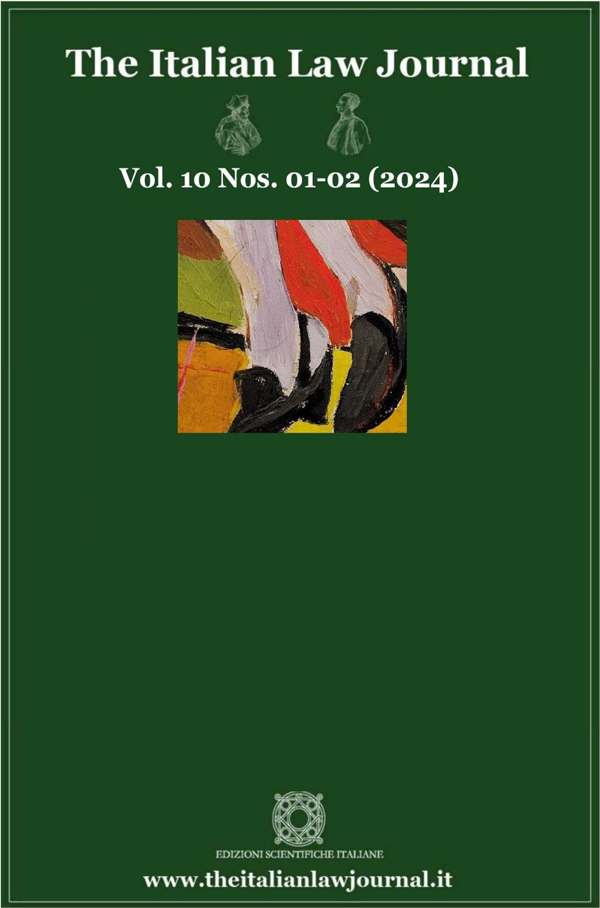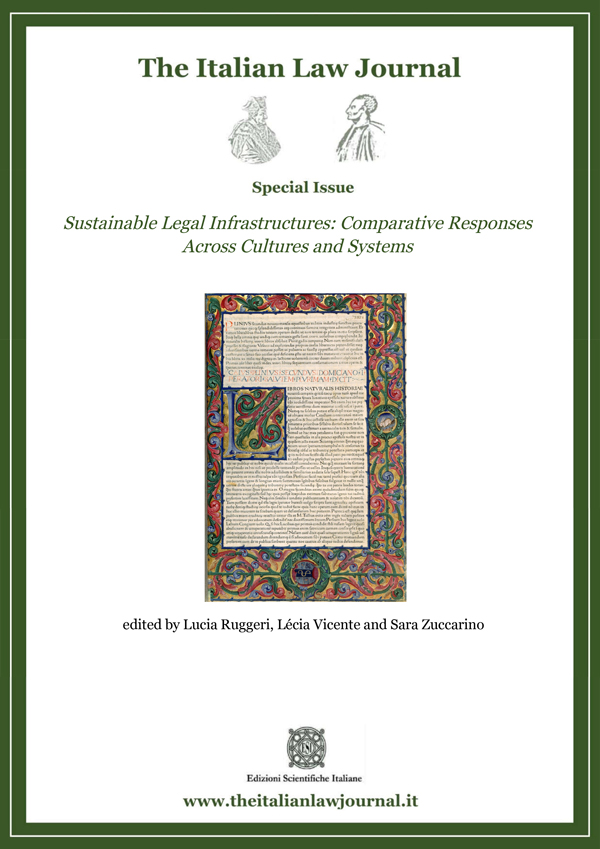9 THE ITALIAN LAW JOURNAL NO. 1 (2023)
Heritage-Shaking in an Activated Archive:
by Felicia Caponigri and Lucrezia Palandri In this essay, we explore fashion brands’ archives and how, relatedly, copying from a brand’s past contained in these archives is paradoxically good for fashion and, by extension, for Fashion Law as a field. Using the Pucci Archive and the Pucci Heritage Hub as our case study, we look to Italian law to explore how we might deal with our cultural interest in fashion through fashion archives. Arguing that Fashion Law, American Style has been relatively unable to parse the cultural meaning of fashion outside of the legal language of copyright as a legal discipline, we emphasize that Fashion Law, Italian Style gives us the important additional tool of Italian cultural heritage law. In applying Italian cultural heritage law to the Pucci Archive we coin a new term: activated archive. An activated archive, as we term it, is always acting in a way which defies traditional notions of gathering, inventorying, and conserving. An activated archive may have the characteristics of authenticity, reliability, integrity, and usability, but it does not preserve fashion as a document in the traditional sense. Rather, it uses the fashion it preserves in unexpected and dynamic ways that can add to the history of the fashion it preserves and the story of the brand. Activated archives, we argue, can play an important role in our applications of originality, artistic value, and creative character to fashion designs under both US and Italian copyright law. Activated archives can help to set up a comparison between past and present works. Activated archives can help to define the meaning ascribed to each design, and what weight to assign such meanings in a comparison. We call this process in which activated archives engage and which creatives deploy to create their designs ‘heritage-shaking’. Heritage-shaking is a process in which a design in the contents of an activated archive is revisited and blended together with contemporary creativity to produce designs of the present, notwithstanding their reference to the past. We suggest that courts might more fully work with activated archives and recognize this heritage-shaking process as part of infringement tests within copyright law. DOI 10.23815/2421-2156.ITALJ ISSN 2421-2156
The Emilio Pucci Heritage Hub and the Vivara Print Between Copyright and Cultural Property Law




























